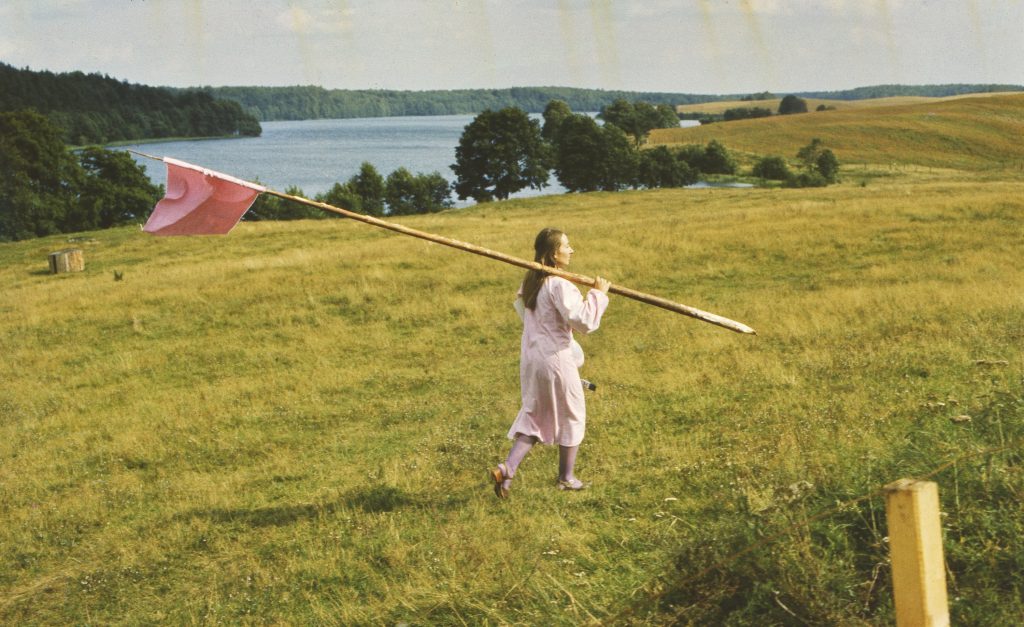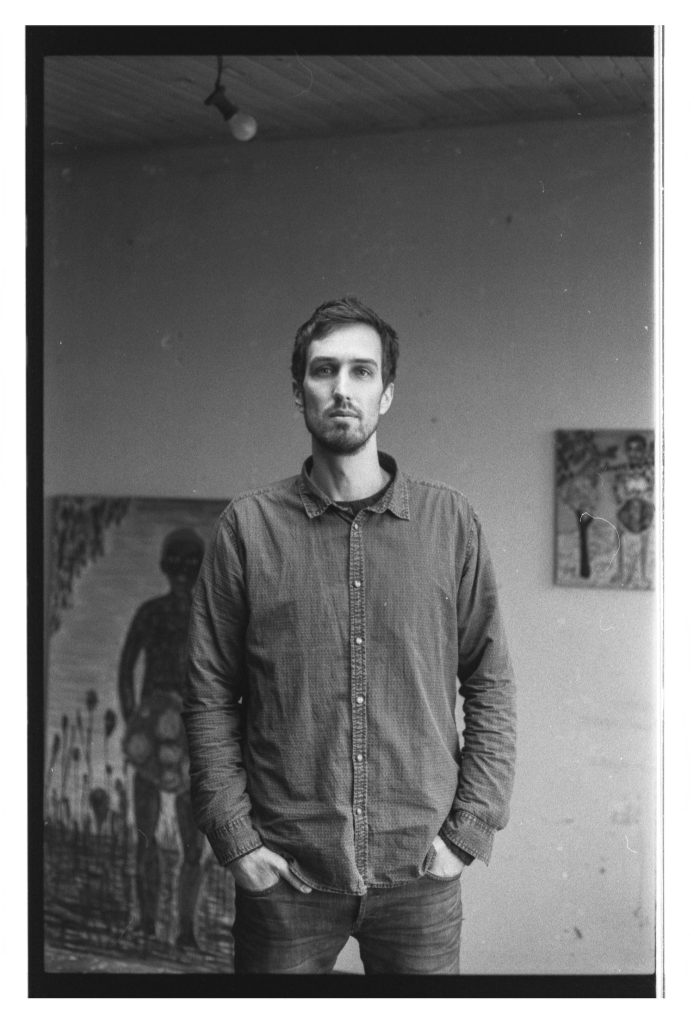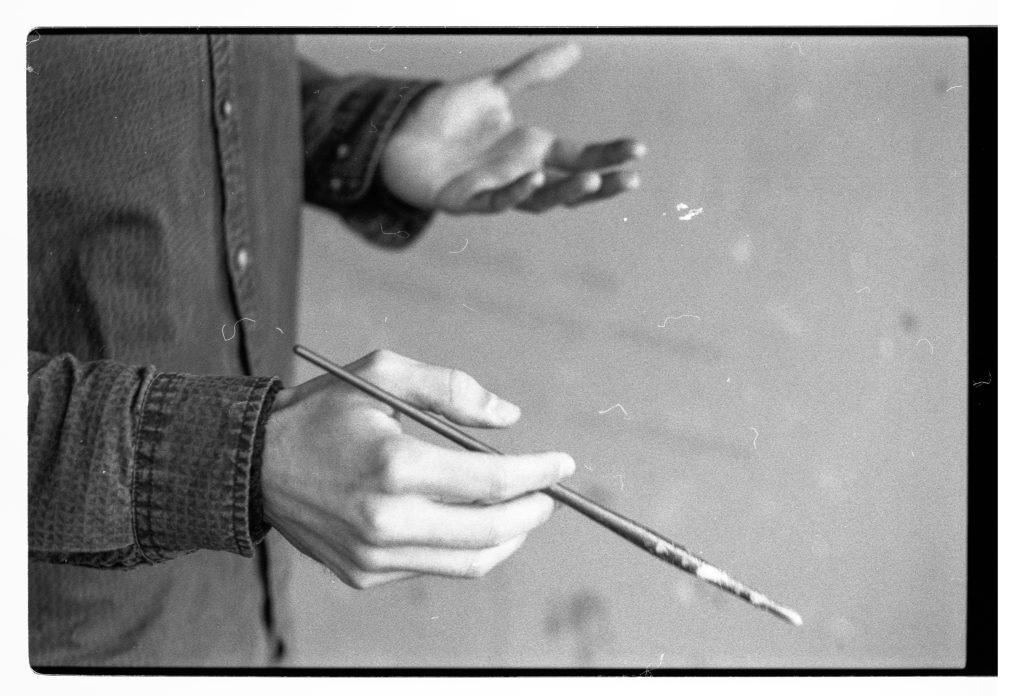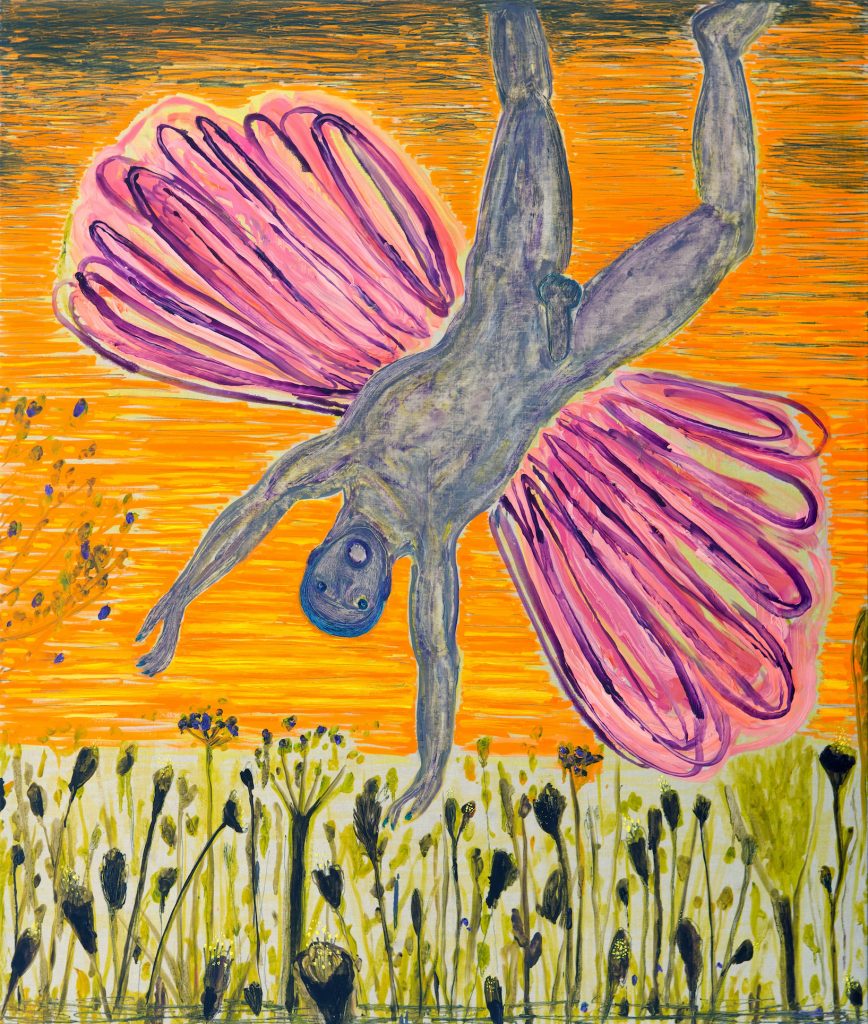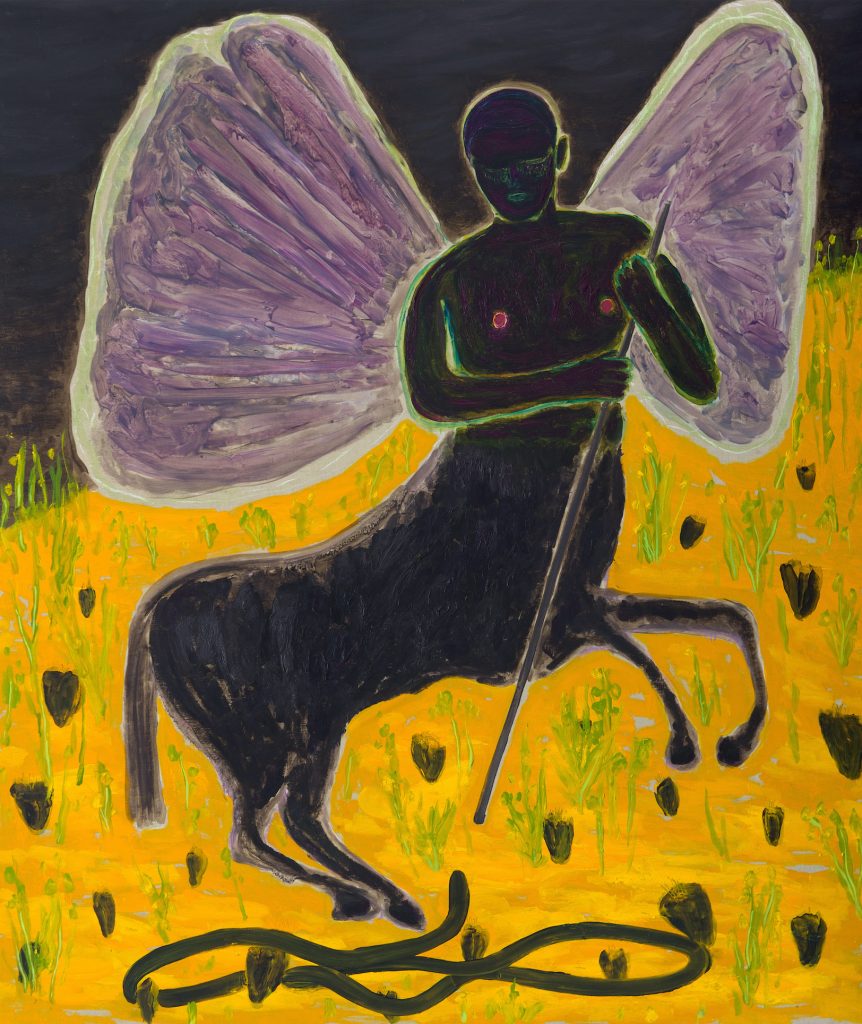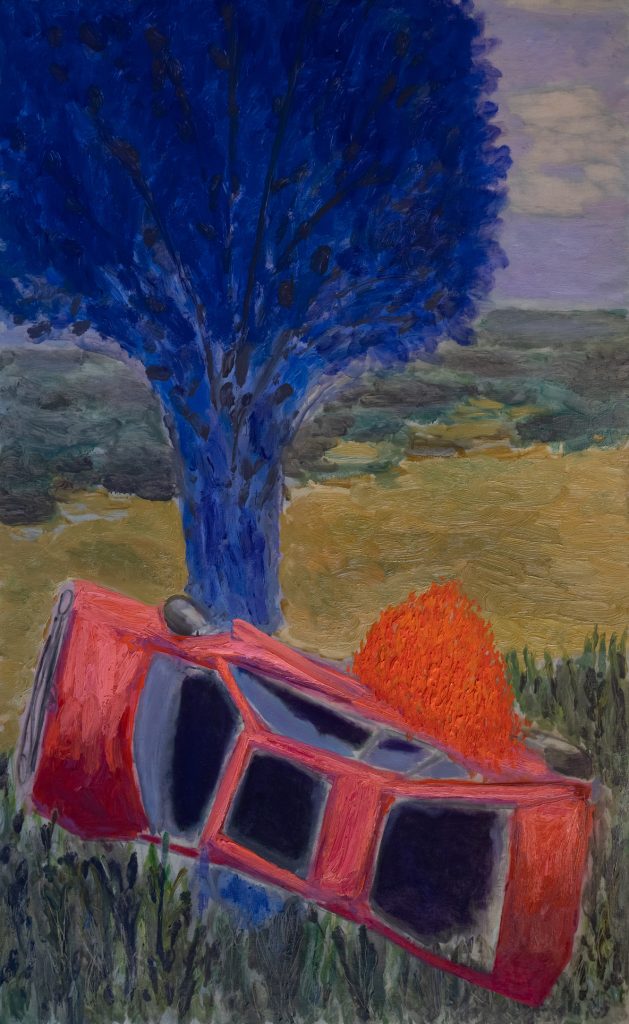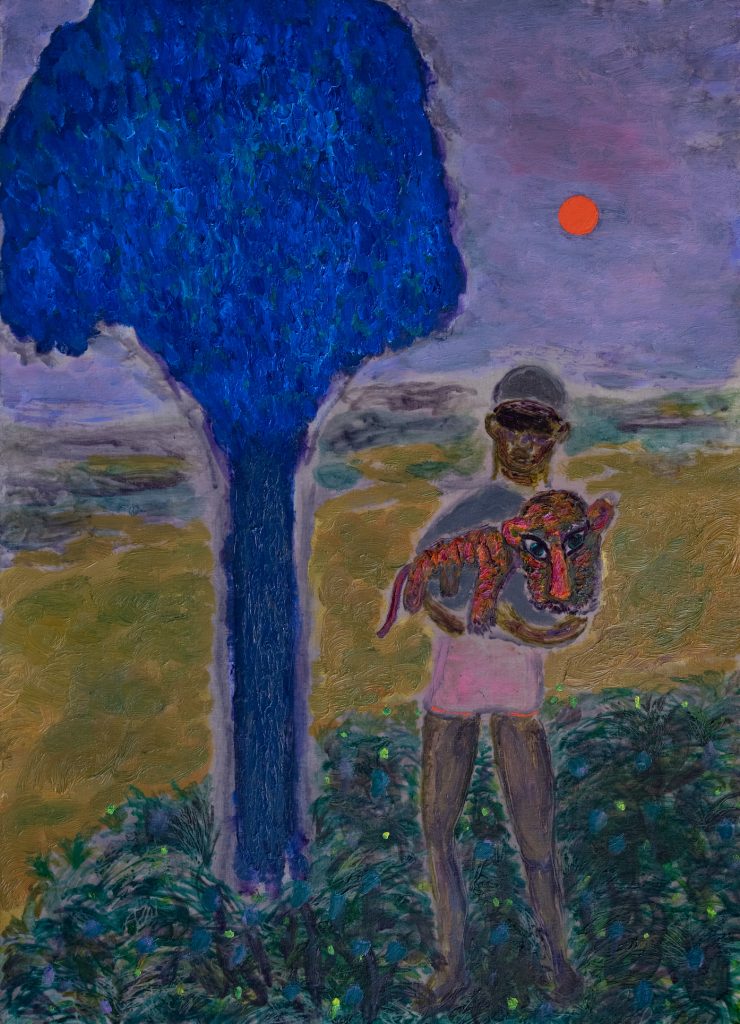Grgur Akrap
To celebrate the release of our summer issue, a contemplation on the blurry line between man and beast, See All This is pleased to introduce you to Grgur Akrap (Zagreb, 1988) and his rich, colourful paintings. Artworks, as seen in See All This #26, of falling angels, noble centaurs, and ambiguous scenes set in nature which vibrate with calculated combinations of colour and expose our deeply enmeshed relationship with the natural world.
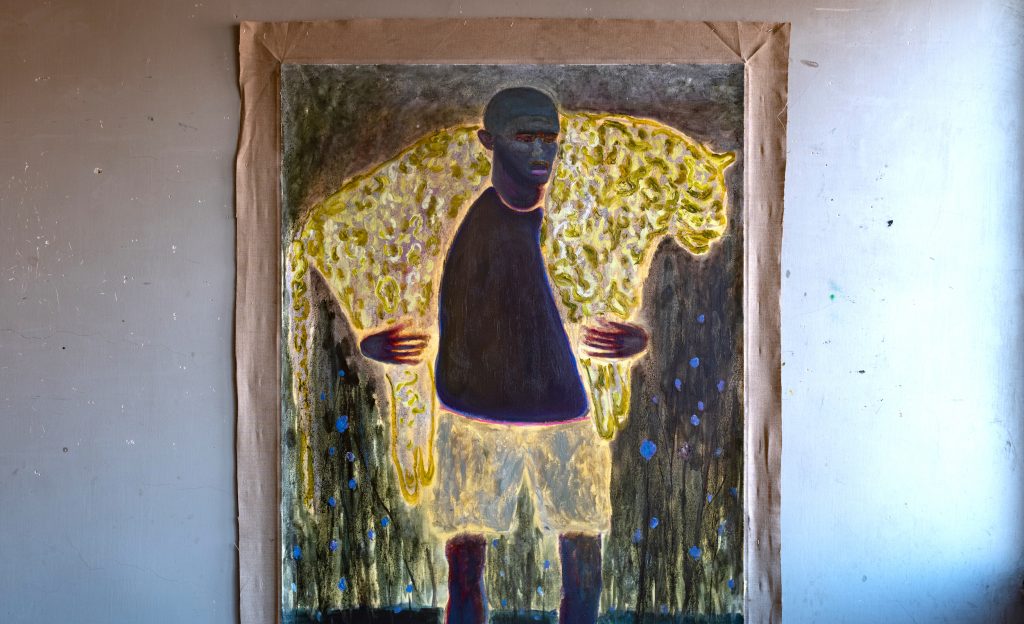
‘I was born in Zagreb in 1988, just before the breakup of Yugoslavia. The first few years of my life were marked by air-raid sirens and occasional visits to a bomb shelter. The rest of my childhood was more colorful. I remember building a tree house with my friends, though we never finished it because, at night, somebody would tear down what we had built during the day. That’s the first instance of creativity I can recall. I come from a family that isn’t very artistic, so I discovered my true love relatively late in life. Before that, I wandered aimlessly and collected memories.’
Since his graduation from the Academy of Fine Arts in Zagreb in 2013, Akrap’s work has been featured in many solo and group shows in Croatia and overseas.
